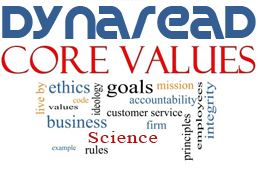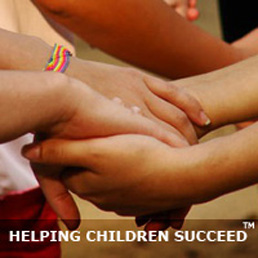by Virginia W. Berninger.
The purpose of this study was to evaluate the contribution of working memory at the word and sentence levels of language to reading and writing outcomes.
Measures of working memory at the word and sentence levels, reading and writing, were administered to 2nd (N = 122), 4th (N = 222), and 6th (N = 105) graders. Structural equation modeling was used to evaluate whether the 2 predictor working memory factors contributed unique variance beyond their shared covariance to each of 5 outcome factors: handwriting, spelling, composing, word reading, and reading comprehension.
At each grade level, except for handwriting and composing in 6th grade, the word-level working memory factor contributed unique variance to each reading and writing outcome. The text-level working memory factor contributed unique variance to reading comprehension in 4th and 6th grade.
The clinical significance of these findings for assessment and intervention is discussed.
KEY WORDS: working memory, levels of language, orthographic, phonological, reading, writing
Virginia W. Berninger. (2010). Relationship of Word- and Sentence-Level Working Memory to Reading and Writing in Second, Fourth, and Sixth Grade. Language, Speech, and Hearing Services in Schools Vol.41 179-193.

![]() Our Dynaread team members are required to hold themselves accountable for serving our clients in adherence with our core values...
Our Dynaread team members are required to hold themselves accountable for serving our clients in adherence with our core values...
Contribute with scientific and overall integrity.
Retain the focus on the needs of each individual child.

Dynaread has been developed in the trenches of actual remediation, with our feet firmly planted on the ground. Scientific research is essential (and we consistently use it), but we also understand the realities at home and in school. Not all homes have two parents, not all Dad's or Mom's are always home, there is oftentimes no money, schools lack staff or funding. We listen, we observe, we discuss, and we build the best solutions we can for older (ages 7+) struggling readers.
